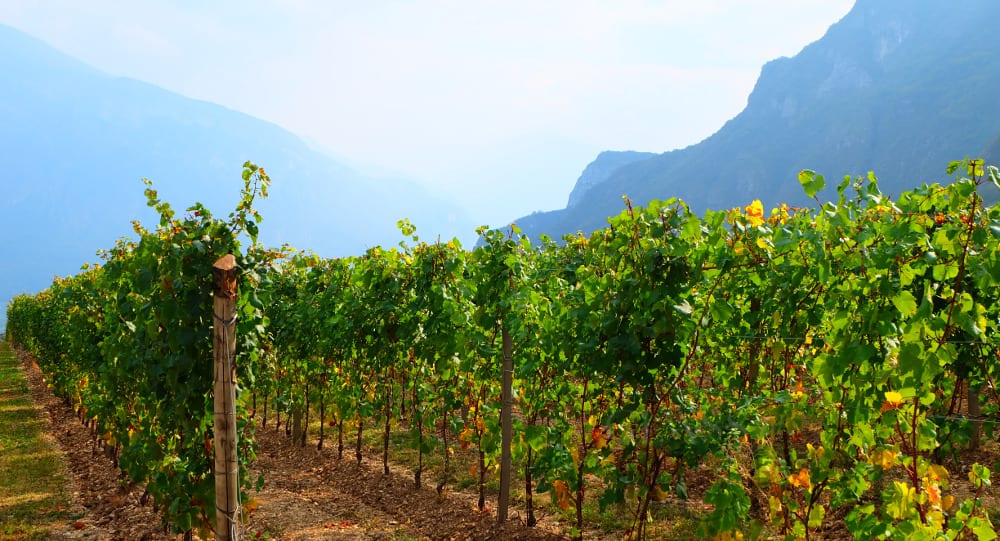Pruning The Vines
11th February 2014

I recently visited the Champagne region carrying out some research into new champagnes (new in the sense they have no presence in the UK market) and I am delighted to say that we discovered some amazing new champagnes. I’ll blog more about these soon, but one thing I love about visiting the region is that there is always a great opportunity to watch, listen and learn, no matter the time of year. I find everything fascinating and love the atmosphere across the countryside, countryside alive with growth which through its annual cycle delivers us such luxury.
Pruning starts straight after the harvest in September and, apart from a break between mid December and mid January, carries on into March. You might think pruning is easy but the techniques used in Champagne have been regulated since 1938, and Champagne is the only AOC which has comprehensive rules for pruning. In order that the harvest is of the highest quality, pruning has to be precise. This ensures growth is strong and ensures good ripening of the grapes.
One foggy morning, travelling between Vertus and Epernay, I saw the opportunity to capture first hand the pruning of the vines. I had been watching all week as there seemed to be plenty of activity in many of the vineyards, and was keen to see close up what was being done. So I pulled over, grabbed the camera and made and dash up the hill to an unsuspecting vineyard worker, busy working his way down the vine and pruning each as he went. A very helpful and happy greeting awaited me as he explained how he was pruning the vines pruned in the Chablis pruning method, all in his perfect French, with me just about managing to keep up! He explained that there are 4 ways a vine can be pruned, the Chablis pruning being where the cane is pruned to leave short bud-bearing canes, tied in 3’s or 4’s to the wire in April when growth begins.
My kind friend also showed me the tiny spurs at the base of the vine which will form the following years’ growth. I was able to take a video of his work, bear in mind it’s wet and cold, and he’s sat there all day doing this so we can get our fantastic champagnes! I was interested in the battery powered secateurs which make life a lot easier, as does his wheeled trolley which has saved many a back ache after a day amongst the vines. The video below captures his work, and as quick as he was, I’ve no doubt there was a careful eye and each cut was perfect. Here’s my short video….
You might wonder what happens to all the cut offs. Well, they are collected up and burnt off in small mobile incinerators, also a good way or warming up. At least he had a story to tell at the end of the day about a mad Englishman suddenly turning up and showing an interest in his work. I’m grateful for his welcome and his sharing that work with me. The next time you crack a bottle, raise a glass to our friend and say “Cheers” for making sure what we have in our glass is so good.
As I mentioned at the start, I’ll pop another blog up about the champagnes we tasted shortly, we tasted over 65 in all. That sounds a lot but at each tasting you can taste 5 or 6 different wines so it soon mounts up! We did find some absolute gems and will be organising tastings soon.
![]()
Glass of Bubbly
Executive editor of news content for the website Please enjoy the articles that we share - We hope you find our love for Champagne & Sparkling Wines both interesting and educational.
